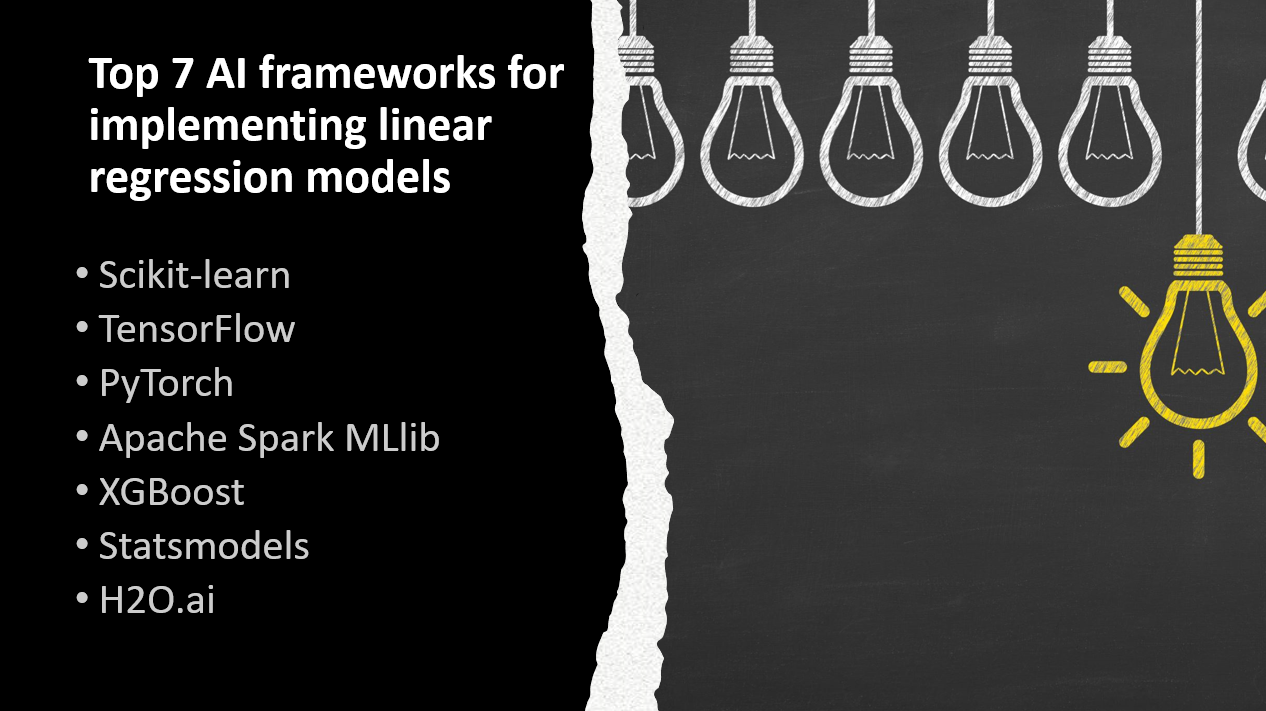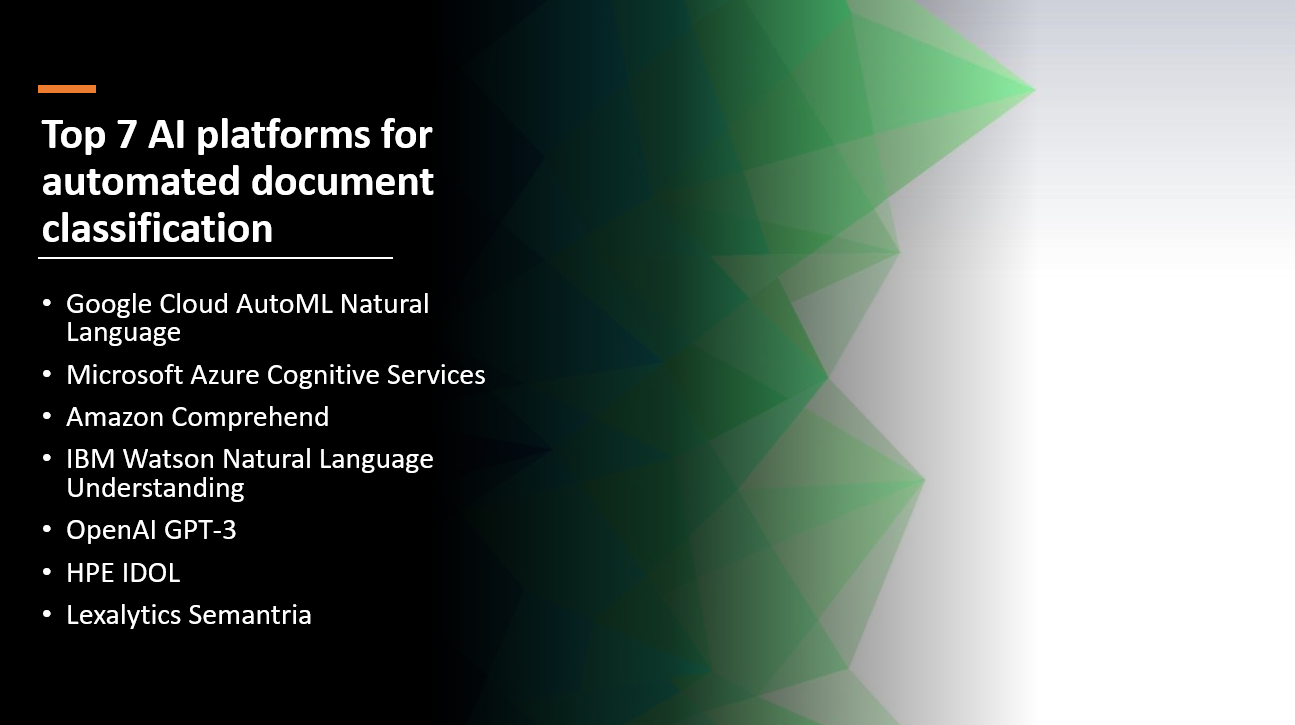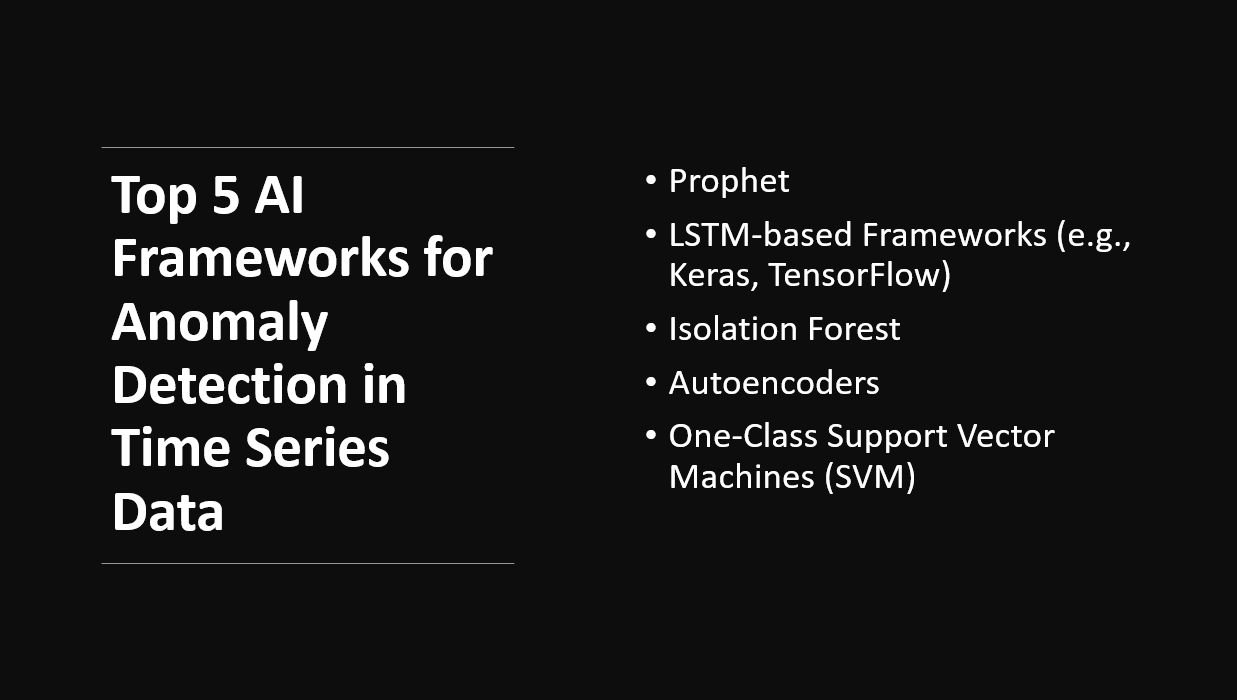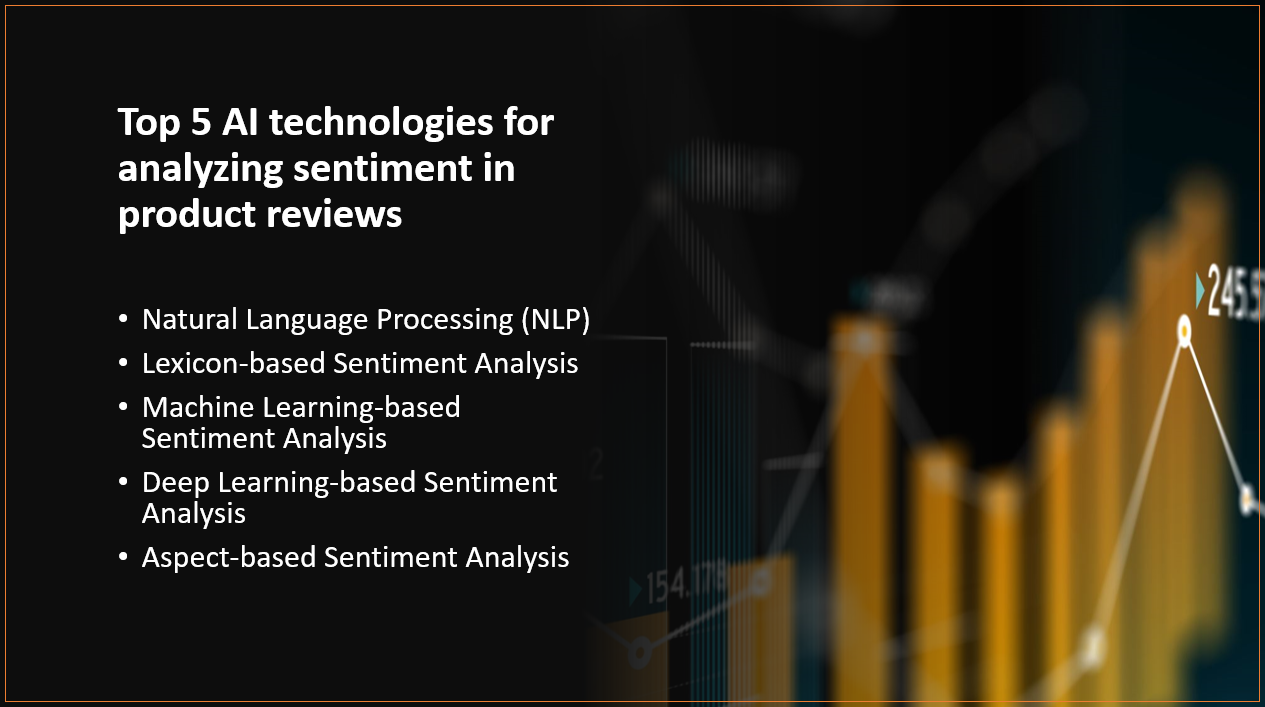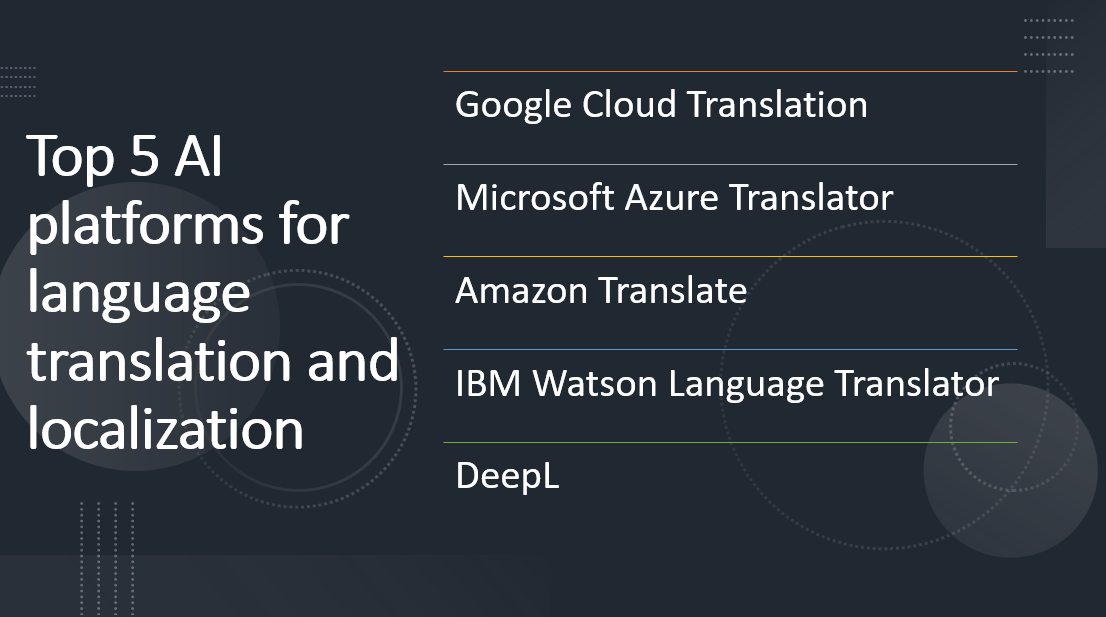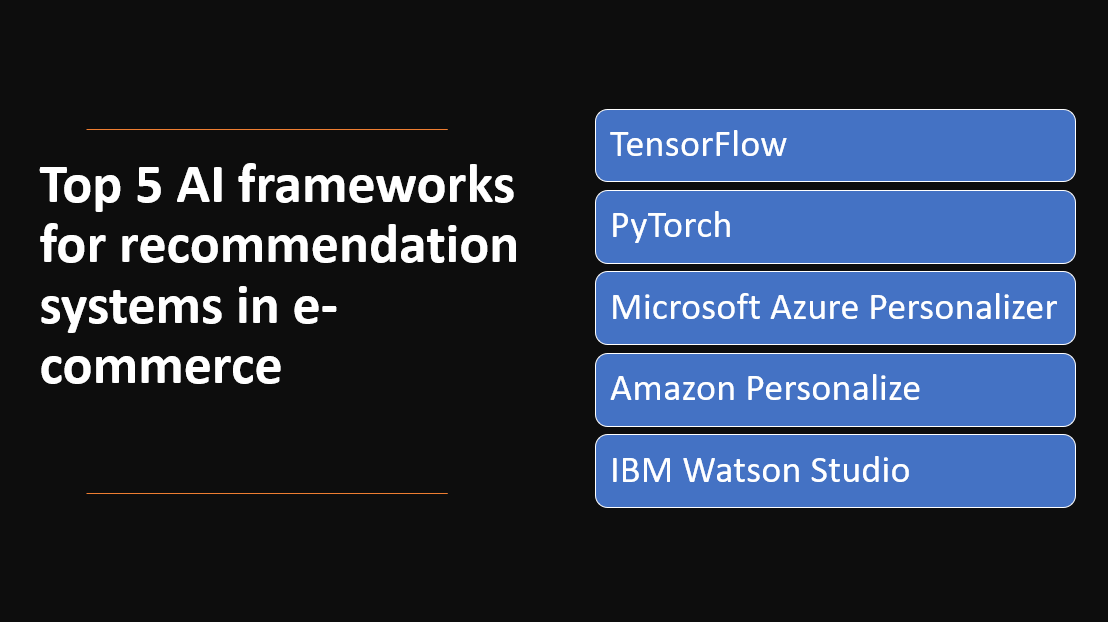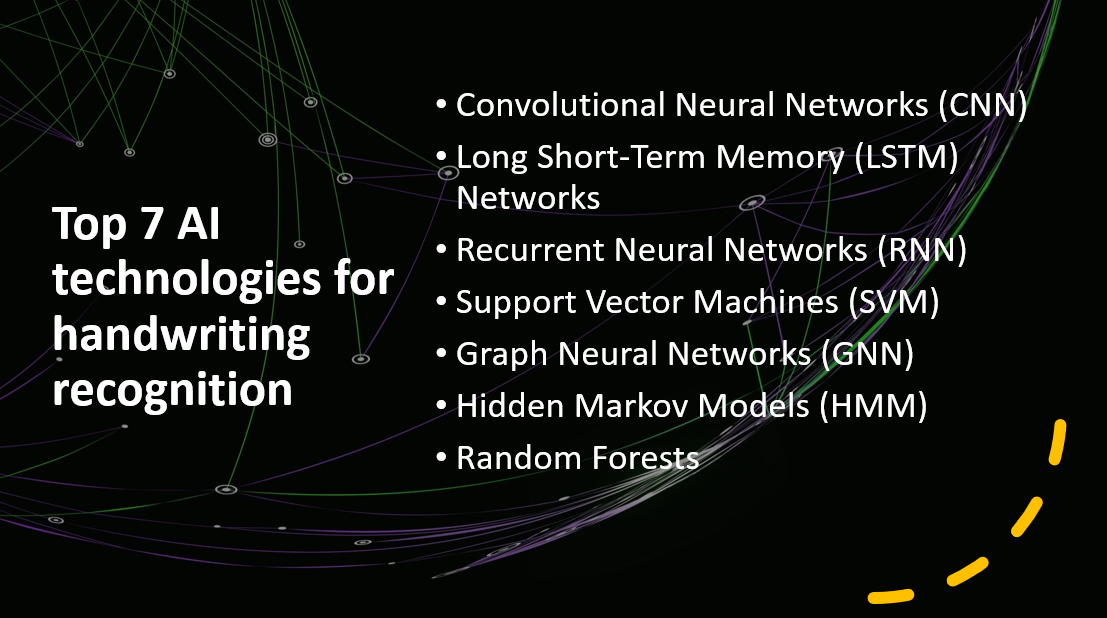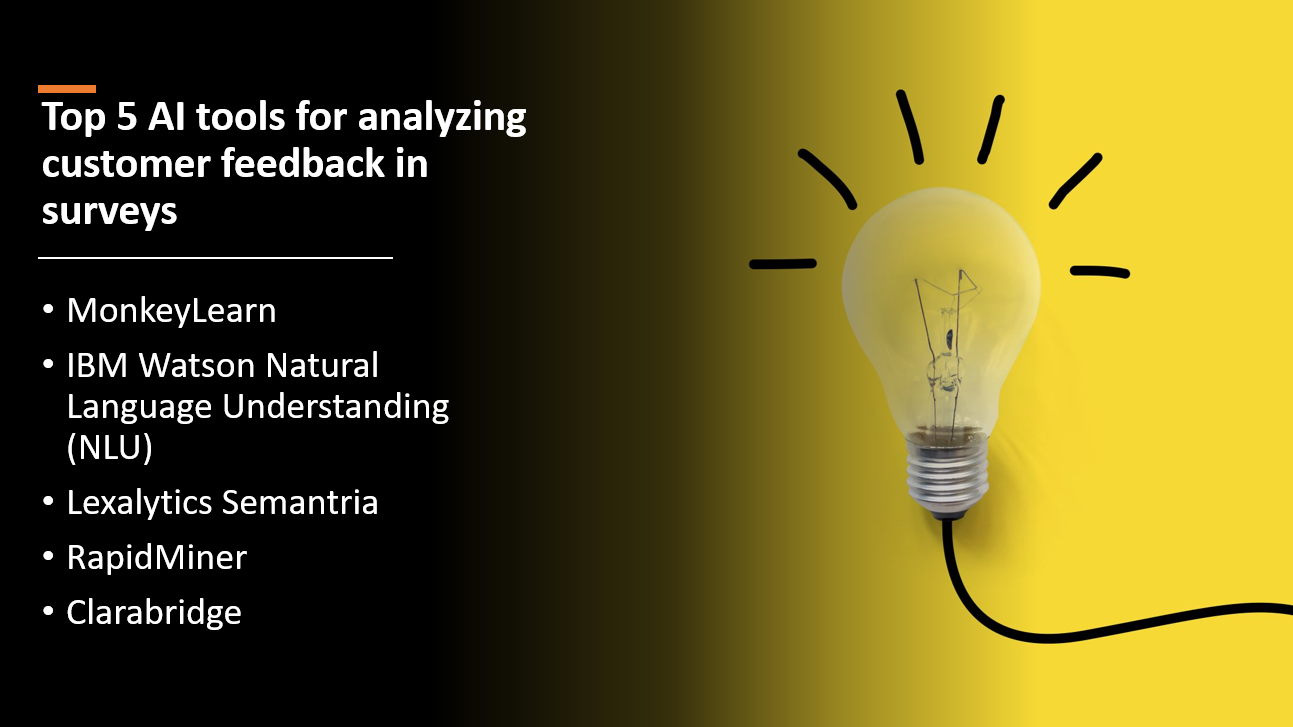
Introduction
Analyzing customer feedback in surveys is essential for businesses to gain valuable insights, understand customer sentiments, and make data-driven decisions. Artificial Intelligence (AI) tools offer advanced text analysis capabilities, enabling organizations to extract meaningful information from vast amounts of survey responses. In this blog post, we will explore the top five AI tools for analyzing customer feedback in surveys, empowering businesses to enhance customer experiences and drive improvements based on valuable feedback.
Why use AI tools for analyzing customer feedback in surveys?
- AI algorithms can accurately analyze large volumes of customer feedback, identifying sentiments and themes with high precision.
- AI tools automate the analysis process, saving time and effort compared to manual review of survey responses.
- AI-powered analysis provides real-time feedback on customer sentiments, allowing businesses to respond promptly to feedback and address concerns.
- AI tools can be customized to analyze specific survey questions or themes, tailoring the analysis to match the unique needs and goals of the business.
Related Reading:
Here Are Our Top 5 AI tools for analyzing customer feedback in surveys:
1: MonkeyLearn
Overview and Importance
MonkeyLearn is a powerful AI tool designed to analyze customer feedback in surveys. It leverages natural language processing (NLP) and machine learning algorithms to extract insights from unstructured text data, providing valuable information to businesses for making data-driven decisions and improving customer satisfaction.
Key Features and Capabilities
Custom Text Classification
- MonkeyLearn allows users to create custom text classification models, enabling precise sentiment analysis and topic categorization of customer feedback in surveys.
Named Entity Recognition (NER)
- The platform can identify and extract entities like product names, locations, and organizations from text, providing deeper insights into customer mentions and preferences.
Integrations
- MonkeyLearn seamlessly integrates with various platforms, such as Google Sheets, Zapier, and Zendesk, facilitating easy integration into existing workflows and applications.
2: IBM Watson Natural Language Understanding (NLU)
Overview and Importance
IBM Watson NLU is a comprehensive AI tool that plays a crucial role in analyzing customer feedback in surveys. It employs advanced NLP techniques to process unstructured text data, enabling businesses to gain deeper insights into customer sentiments, preferences, and concerns.
Key Features and Capabilities
Sentiment Analysis
- IBM Watson NLU can accurately determine the sentiment of customer feedback, providing valuable insights into customer satisfaction levels.
Entity Recognition
- The tool can identify entities like product names, brand mentions, and other relevant information, aiding businesses in understanding customer preferences and mentions.
Customizable Models
- IBM Watson NLU allows users to customize and fine-tune the models according to their specific business needs, ensuring accurate analysis of customer feedback in surveys.
Related Reading:
3: Lexalytics Semantria
Overview and Importance
Lexalytics Semantria is a powerful AI tool designed to analyze customer feedback in surveys. It leverages advanced NLP and sentiment analysis techniques to extract valuable insights from unstructured text data, enabling businesses to understand customer opinions and sentiments more effectively.
Learn more about Lexalytics Semantria
Key Features and Capabilities
Sentiment Analysis
- Lexalytics Semantria accurately determines the sentiment of customer feedback, categorizing responses into positive, negative, or neutral sentiments.
Entity Extraction
- The tool identifies and extracts entities such as product names, locations, and people mentioned in customer feedback, providing businesses with valuable context and insights.
Theme Discovery
- Lexalytics Semantria can automatically discover recurring themes and topics in customer feedback, helping businesses identify common issues and trends.
4: RapidMiner
Overview and Importance
RapidMiner is a versatile AI tool used for analyzing customer feedback in surveys. It offers a user-friendly graphical interface that allows businesses to easily design and deploy data processing and analysis workflows, making it an ideal choice for non-technical users seeking to gain insights from customer feedback.
Key Features and Capabilities
Data Preprocessing
- RapidMiner provides a range of data preprocessing tools to clean, transform, and enrich customer feedback data before analysis, ensuring high-quality results.
Text Analytics
- The tool includes text analysis capabilities for sentiment analysis, topic modeling, and entity recognition, enabling businesses to understand customer sentiments and preferences better.
Advanced Analytics
- RapidMiner supports various machine learning algorithms and statistical techniques for advanced analysis of customer feedback data, helping businesses uncover meaningful patterns and trends.
Related Reading:
5: Clarabridge
Overview and Importance
Clarabridge is a leading AI tool for analyzing customer feedback in surveys. It is designed to help businesses collect, process, and interpret customer feedback from various sources, providing actionable insights that drive better customer experiences and business decisions.
Key Features and Capabilities
Multichannel Data Collection
- Clarabridge can collect and analyze customer feedback data from various sources, including surveys, social media, emails, and online reviews, allowing businesses to get a comprehensive view of customer sentiment.
Sentiment Analysis
- The tool leverages advanced natural language processing (NLP) techniques to perform sentiment analysis on customer feedback, helping businesses understand customer emotions and perceptions.
Text Analytics
- Clarabridge's text analytics capabilities enable businesses to categorize and extract key topics and themes from customer feedback, facilitating deeper understanding and better decision-making.
Conclusion
AI tools are significant for analyzing customer feedback in surveys, providing valuable insights to enhance experiences and drive business growth. The top five AI tools for this purpose are MonkeyLearn, IBM Watson NLU, Lexalytics Semantria, RapidMiner, and Clarabridge. They offer text analysis capabilities like sentiment analysis and topic extraction to extract meaningful insights from customer survey responses. Customer feedback analysis empowers businesses to make data-driven decisions, improve products, and enhance customer satisfaction. Organizations are encouraged to explore these AI tools and leverage their capabilities to gain valuable feedback insights and drive business success.
